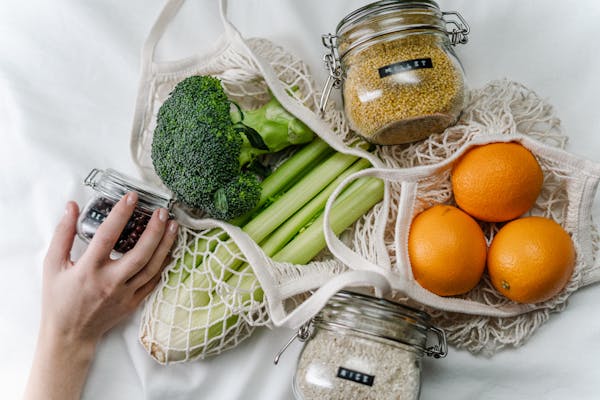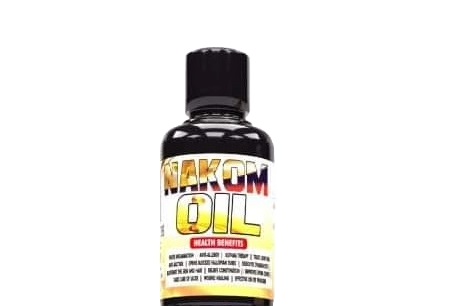Plant-based diets have become very well-known as more individuals choose sustainable lives and give their health top priority. Still one of the most often asked questions is whether plant-based diets can offer enough protein. Actually, plant-based proteins provide extra health advantages including fibre, vitamins, and antioxidants in addition to meeting protein needs.
The greatest plant-based protein sources, their nutritional value, and how to include them into your meals to support your health and the environment will be discussed in this article.
Why Pick Plant-Based Proteins?
Changing to plant-based proteins is not only a health decision but also a green one. This is the rationale:
Health Advantages
Reduce your chances of some malignancies, diabetes, and heart disease among other chronic conditions.
Less saturated fat and cholesterol than in animal proteins.
High fibre contents enhance gut health and help digestion.
Environment
Production of plant-based proteins calls less for land and water.
It lowers animal agriculture’s related greenhouse gas emissions.
Ethical Issues
Plant proteins fit ethical and cruelty-free standards for people avoiding animal products.
Leading Plant-Based Protein Sources to Add to Your Diet
These are some of the most nutrient-dense, high in proteins plant-based foods you ought to include to your meals:
1. Legumes (Black beans, lentils, chickpeas) have a protein count of roughly 15–18 grammes per cooked cup.
Rich in vital amino acids, iron, and fibre, it Moreover great for maintaining steady blood sugar levels and heart health are lentils.
Add lentils to salads, stews, or soups.
Making hummus or falafel, use chickpeas.
Toss black beans into grain bowls, burritues, or tacos.
2: 8 grammes of quinoa protein from one cooked cup.
Benefits: Excellent supply of magnesium, iron, and fibre; a complete protein with all nine essential amino acids.
How to Use: Create grain bowls or salads from this foundation.
For more texture, toss into soups or stews.
Quinoa is a great source of protein; replace pasta or rice.
-
tofu, tempeh, and edamame.
Coming from soybeans, these are flexible and nutrient-dense proteins:
Tofu: ½ cup roughly equals 10 grammes.
Tempeh: ~15 grammes every ½ cup; Edamame: ~17 grammes each heated cup.
Advantages:
Among other nutrients, soy products abound in iron, calcium, and proteins. They also quite adaptable and readily absorb flavours.
Tofu is great for breakfast or added to curries, stir-fries, or scrambles.
Marinate and grill tempeh; use in sandwiches and salads.
Enjoy steamed edamame as a throw into salads or snack.
Protein Content: ~6–10 grammes per ounce or tablespoon from almonds, chia seeds, hemp seeds.
Packed with good fats, fibre, and protein, nuts and seeds also include vital minerals including vitamin E, magnesium, and omega-3 fatty acids.
On muesli, yoghurt or smoothies, scatter chia or hemp seeds.
Spread almond butter or use it in baking calls for.
Eat among a handful of mixed nuts or seeds.
-
Seitan (gluten from wheat)
Three-ounce serving’s protein count is about twenty-one grammes.
A high-protein meat substitute with a chicken or beef-like feel. It has few carbohydrates and fat but lots of protein.
As a meat substitute grill, sauté, or stir-fry seitan.
In sandwiches, wraps, or stir-fries.
4. Legume-Based Pastas (Black Bean, Chickpea, or Lentil Pasta)
Protein Count: 13–20 grammes per serving.
These pastas are an excellent substitute for conventional pasta since they are strong in protein, devoid of gluten, and packed in fibre.
Use marinara or pesto sauce for a dinner loaded in proteins.
For a filling meal toss with roasted vegetables.
5. Spiruline
Two tablespoons’s worth of protein is roughly eight grammes.
A nutrient-dense algae, spirulina is high in antioxidants, iron, and protein.
For a nutritious boost, toss in smoothies or drinks.
Put into energy bars or salad dressings.
-
Vegetables (Brussels sprouts, spinach, broccoli)
Protein Content: 4–5 grammes per cooked cup.
Though they lack the protein density of legumes or soy products, veggies greatly add to your daily protein intake and include fibre, minerals, and antioxidants.
Side dish ideas include steam or sauté.
Add to pasta recipes, soups, stir-fries.
Smoothies should have spinach blended into them.
7. Plant-Based Protein Powders
Protein Content: Twenty to thirty grammes every scoop.
For smoothies and shakes, powders derived from peas, brown rice, or hemp are a handy choice for anyone seeking more protein.
Use a post-workout shake made from fruit and plant-based milk.
Stir into baked products or muesli for extra protein.
Creating Equipped Plant-Based Meals:
Techniques
Plan plant-based meals with an eye towards a mix of:
Legumes, tofu, tempeh, almonds.
Carbohydrates include whole grains, sweet potatoes, starchy veggies.
Healthy Fats: Seeds, avocados, nuts.
Fibre: veggies, fruits, leafy greens.
Dispelling Common Myths About Plant-Based Proteins
“Plant proteins aren’t complete proteins.”
Combining foods like beans and grains generates complete proteins even if some plant proteins lack specific amino acids.
“You can’t build muscle on plant-based proteins.”
Many athletes find great success on plant-based diets by ingesting enough calories and protein.
“Plant-based diets are too pricey.”
Affordable and high in nutrients include staples such rice, lentils, beans.
Thoughts on Final Notes
A great approach to improve your health, lower your environmental impact, and savour varied and mouthwatering cuisine is plant-based proteins. Including these foods high in proteins can help you to reach best health and support environmentally friendly lifestyle.
Try plant-based proteins, then. Comment below your best recipes or advice.
To showcase your brand or advertisement for vetting and approval – click our livechat button to shoot us a message and our crew will respond with your ad subscription bill for feature — all approved ads that pass our verification will be showcased to millions of our users on saleoutafrica.com and via Google Ads – make sure your ads meet our requirement




